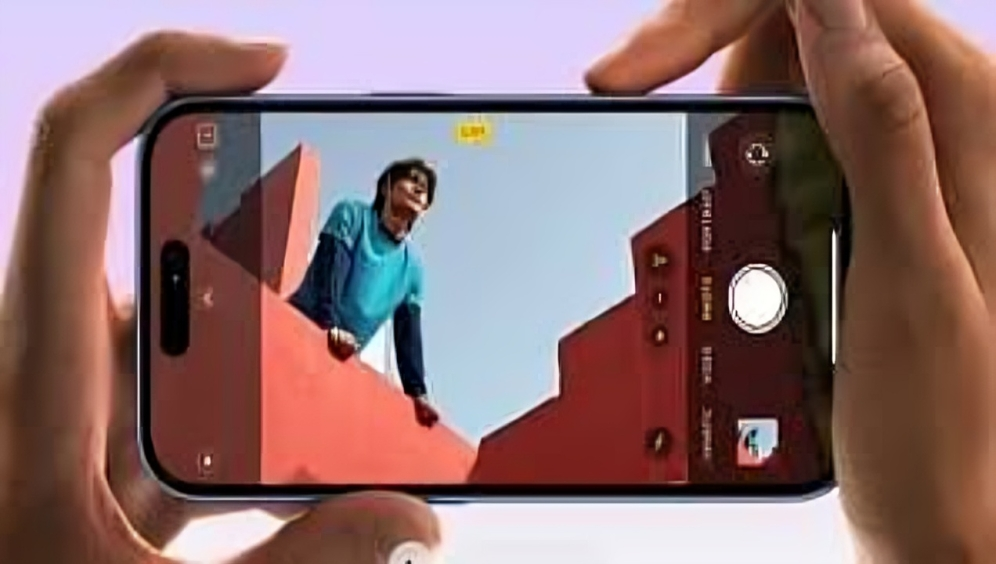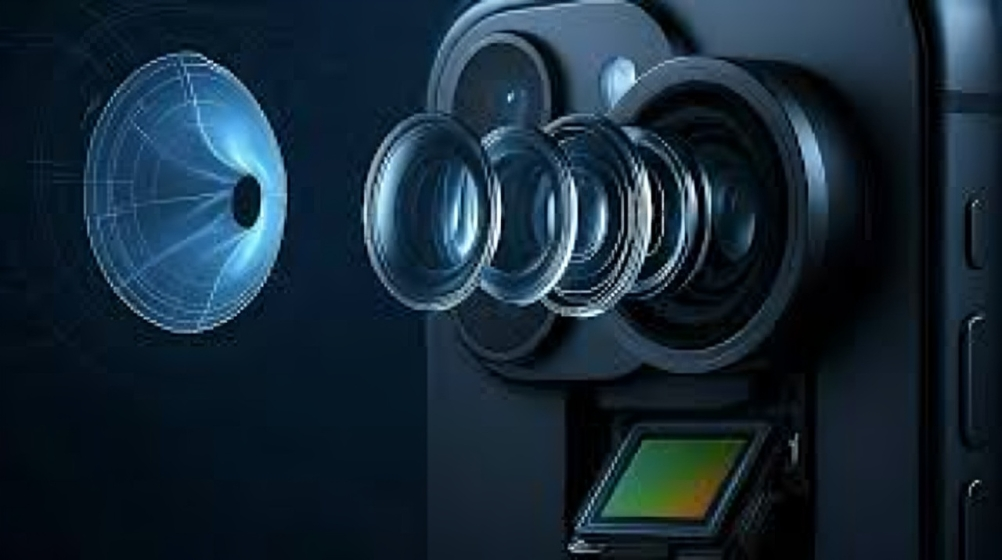Apple Camera Sensor Patent has sparked excitement in the tech world. The newly granted patent reveals a revolutionary camera sensor that could match the human eye’s dynamic range — a first in smartphone technology.
Apple Camera Sensor Patent and the 20-Stop Dynamic Range
Apple Camera Sensor Patent details a technology capable of capturing up to 20 stops of dynamic range. In camera terms, “stop” measures how well a camera captures light and shadow. Most smartphones today offer 10–12 stops, while high-end DSLRs and mirrorless cameras achieve up to 14 stops.
But the human eye? It can perceive around 20 stops. That’s where the Apple Camera Sensor Patent stands out — aiming to bring human-eye level clarity and depth to iPhones.
What Does 20 Stops Really Mean?
To understand the Apple Camera Sensor Patent, one must grasp the concept of a “stop.” A stop represents a doubling or halving of the amount of light captured. So, with every additional stop, a camera captures twice as much light as before.
This means the Apple Camera Sensor Patent could let an iPhone capture vibrant sunsets or bright daylight scenes without losing highlight or shadow detail — just like how we see with our eyes.
Special Features of the Apple Camera Sensor Patent
The Apple Sensor Patent, officially titled “Image Sensor With Stacked Pixels Having High Dynamic Range And Low Noise”, introduces a stacked pixel sensor design.
This sensor includes two layers:
- Sensor Die for light capture
- Logic Die for real-time image processing
This stack makes the sensor thinner, more efficient, and ideal for slim devices like iPhones or Vision Pro headsets.

LOFIC Technology in Apple Camera Sensor Patent
Another standout in the Apple Sensor Patent is LOFIC – Lateral Overflow Integration Capacitor. This lets each pixel store light at three different levels, handling extreme lighting conditions seamlessly.
Imagine capturing a photo in a dim room where bright sunlight hits through the window. The LOFIC-enabled Apple Camera Sensor Patent ensures that both light and dark areas appear clear — no blown-out highlights or crushed shadows.
Real-Time Noise Cancellation
A key aspect of the Apple Camera Sensor Patent is noise management. Built-in noise sensing circuits allow each pixel to cancel unwanted noise in real-time.
Even in low light, your iPhone could deliver crisp, clear, and pro-level shots without grain or distortion. Apple Camera Sensor Patent essentially brings DSLR-like quality to your pocket.
Will This Patent Appear in iPhones?
The Apple Camera Sensor Patent opens the door to stunning new photography capabilities. If implemented in future iPhones or Apple Vision Pro, users could shoot:
- Cinematic HDR videos
- Color-accurate portraits
- Night photography with incredible detail
However, a word of caution — not all patents become real-world products. Apple frequently patents technologies that don’t make it to the market. Still, the Apple Sensor Patent stands out as an exciting possibility.
Why Apple Camera Sensor Patent Is a Game-Changer

This innovation could redefine mobile photography. Here’s how:
- Pro-level dynamic range rivaling human vision
- Enhanced AR/VR experiences on Vision Pro
- Better video capture for filmmakers
- Superior low-light performance
The Apple Camera Sensor Patent isn’t just a tweak — it could rewrite the imaging rulebook.
When Can We Expect This Technology?
While Apple has not officially announced a release date, industry experts believe the Apple Camera Sensor Patent may be integrated into iPhones in the next 2–3 years — possibly debuting in premium models first.
Until then, the tech world will be watching how Apple transforms this Apple Sensor Patent into reality.
The Apple Sensor Patent isn’t just another technical improvement — it hints at a revolution in mobile imaging. With a 20-stop dynamic range and real-time noise reduction, Apple might soon give users a camera that sees as clearly as the human eye.
Whether or not it appears in the next iPhone, the Apple Camera Sensor Patent has already captured the imagination of tech lovers and mobile photographers alike.
Shubman Gill Edgbaston Double Century: 8-Hour Masterclass Unfolds

